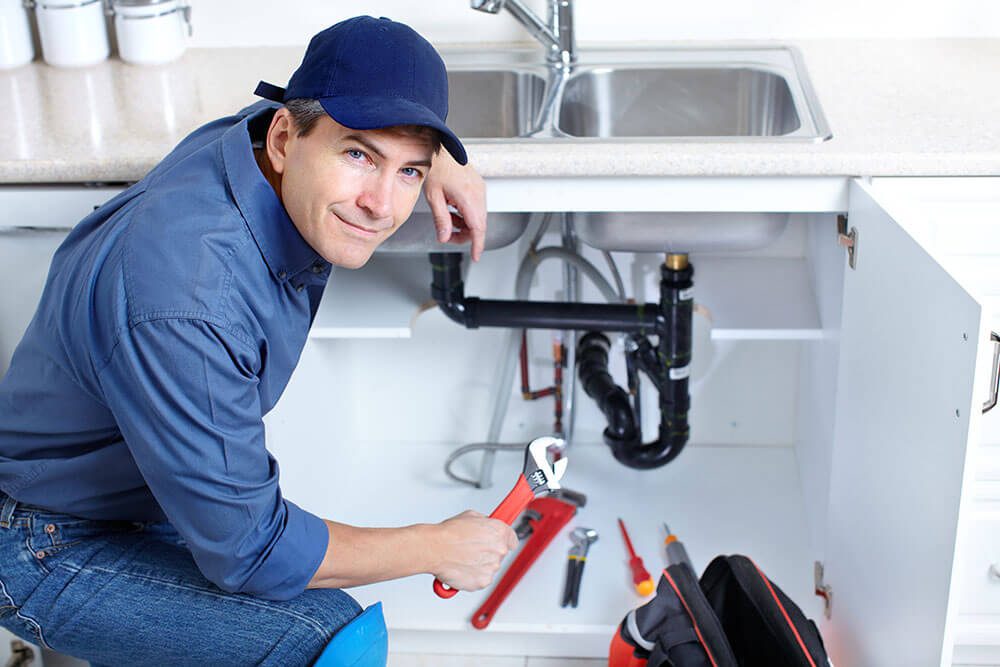
Here at Plumbing Experts, we’ve been in business serving customers for over 45 years. We’ve been there to support our customers, answering their questions to help them be both proactive, and reactive to plumbing problems. In doing so, we recognized that home plumbing systems usually present similar issues to all homeowners, which in turn, presents similar questions.
Here are some of the most common plumbing repair questions we’ve heard from our clients over the years.
1. What can I do for a clogged pipe or drain?
Clogged drains are among the top plumbing problems homeowners face. It’s important to be conscious of what you’re putting down the drain, but if you’ve found yourself in a jam, the simplest way to remove a clog is to start with a sink or toilet plunger. If you’re looking to utilize a liquid cleaner, keep in mind that many contain chemicals that can strip and deteriorate your pipes. We recommend just using boiling water, or an equal part vinegar/baking soda mix.
2. What can I do to proactively avoid water damage?
Unfortunately, water leaks caused by pipes are often hard to detect and avoid, since pipes are located in the wall and under the building. However, there are fixtures that you should be checking on regularly to ensure they are in good working order. Here are a few items to inspect for leaks, cracks, moisture, or drips:
- Toilet (the seal on the bottom, the tank, and water lines leading to the toilet)
- Shower/Tub
- Sinks
- Cabinets
3. Why does my toilet keep running water?
A toilet that continues to run after the normal flush cycle, it is typically due to one of the following issues:
- The flapper that seals the water in the tank is leaking/improperly sealing.
- There is too much water in the tank, causing overflow water to leak down into the bowl. The float height (water level) needs to be adjusted.
- The refill tube is constantly pumping water into the bowl due to it being too long, or improperly positioned.
4. Where is my water shut-off valve located?
It’s important that all adult household members know where the water shut-off valve is located and how to properly turn it off. Emergency situations can arise that many require it to be turned off quickly, so a good idea is to take time to locate it now. If you had an inspection done on your home prior to purchasing, the location will be in your inspection report. If not, it’s usually located on the perimeter of your house, and on the side facing the street.
5. What are the red flags that my plumbing may need repairs?
One of the biggest red flags when it comes to a plumbing issue is noticing a higher water bill. If you experience a high water bill, without having made any changes to your water usage, it’s likely you have a problem somewhere. It’s not uncommon for a leak to go unnoticed, as it can happen in the walls and/or under the building.
Other red flags could be cracks or leaks (even small ones), clogs, stains on ceilings and walls, and the lack of hot water.
We hope these answers helped you understand your plumbing better, however, we realized there are far more questions and worries when it comes to your plumbing. If you have questions, please allow Plumbing Experts to be your trusted source for information. Please give us a call at Palm Beach (561) 279-2460 or Broward (954) 786-0477 or contact us here.



